2 Essential Practices in Educating the Gifted
Throughout my 20-year career as an educator, numerous opportunities for the growth and development of my gifted students have come and gone, but I have never been more eager and excited for one until now. My name is Robin Moe, and I have been a part of the team supporting our initiative for 15 years. In that time, I have encountered many customs for how best to tailor to the academic and emotional needs of gifted and talented students. Overall, two aspects stand out as the most critical to their success and development.
1. Long-Term Learning
I believe it is imperative we offer our children a variety of learning opportunities to incorporate the desire to become life-long learners. The National Association for Gifted Children (NAGC)¹ reports:
Gifted programming positively influences students’ futures…For example, studies found that 320 gifted students identified during adolescence who received services through the secondary level pursued doctoral degrees at more than 50X the base rate expectations.³
Additionally:
The same study participants at age 38, 203 participants, or 63%, reported holding advanced terminal degrees (master’s and above). Of these, 142 (44%) held doctoral degrees and 8 of these 142 had more than one doctoral degree. As a benchmark for this accomplishment, the authors of this study compared these rates to the general U.S. population, noting that only approximately 2% of the general population held a doctoral degree according to the 2010 U.S. Census.³
2. Diverse Learning Opportunities
Access to education in a variety of fields definitely leads to pursuits of higher education. However, addressing social and emotional issues may be even more important. Given ample time with other high ability thinkers, gifted youth must have safe opportunities to hone their social skills through sharing similar interests, style, levels of knowledge, and sensibilities. In particular, I have found my female children and students struggle the most with the social impacts of gifted identification. The SENG Gifted Organization states:
Identified as being bright or talented may create social problems for females...gifted girls believe it is a social disadvantage to be smart because of the negative reactions of peers. Fearing their peers’ disapproval, bright young women may deliberately understate their abilities in order to avoid being seen as physically unattractive or lacking in social competence.⁶
A.A. Milne is attributed with writing, “you’re braver than you believe, stronger than you seem and smarter than you think."⁵ This idea resonates well with me as a parent and teacher of gifted youth. It is vital for our gifted youth to experience opportunities in which they can hone their academic, leadership, inter- and intrapersonal skills. This is why I feel attending The Catalyst Collective camp for Gifted and Talented Youth strengthens these individuals.
At camp, students participate in team building and service activities, develop creative challenges, study with college professors in the arts, sciences, and technology, experience creative and performing arts opportunities, and hone leadership skills. Individuals are encouraged to discover their inner strength while recognizing they are amongst others with similar interests, ideals and goals. Our youth build life-long friendships and memories. My experience with people who have attended these camps claim it is unlike any other; it is family.
Register before June 15th at cccamps.com/register
[³] Lubinski, D., Webb, R. M., Morelock, M. J., & Benbow, C. P. (2001). Top 1 in 10,000: A 10 year follow-up of the profoundly gifted. Journal of Applied Psychology, 4, 718–729.
[⁴] Kell, H. J., Lubinski, D., & Benbow, C. P. (2013). Who rises to the top? Early indicators. Psychological Science, 24, 648–659.
[⁵] Milne, A. A. (1970). The house at Pooh Corner. New York: Dell.
[⁶] Reis, S. (2002). Social and Emotional Issues Faced by Gifted Girls in Elementary and Secondary School [Abstract]. SENG Newsletter, 2(3), 1-5. Retrieved May 9, 2018, from http://sengifted.org/social-and-emotional-issues-faced-by-gifted-girls-in-elementary-and-secondary-school/



